Water is the essence of life for all creatures, but for reptiles, proper hydration represents a particularly critical aspect of care that many owners underestimate. Unlike mammals, reptiles have evolved unique physiological adaptations to conserve water in their often arid natural habitats. However, this doesn’t mean they need less water—rather, they require specific hydration strategies tailored to their species.
From desert-dwelling bearded dragons to tropical rainforest geckos, understanding your reptile’s hydration needs can mean the difference between a thriving pet and one suffering from serious health complications. This comprehensive guide will explore why hydration matters so much for reptiles and provide practical advice for ensuring your scaly friend stays properly hydrated.
Understanding Reptile Physiology and Water Conservation
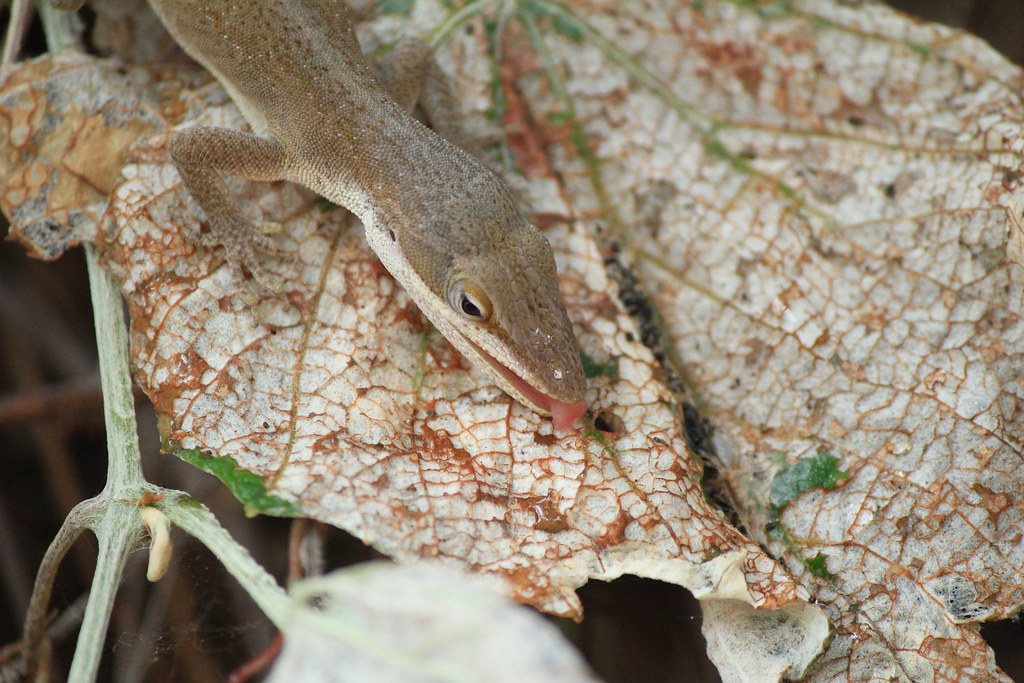
Reptiles have evolved remarkable adaptations to survive in environments where water can be scarce, making their relationship with hydration fundamentally different from mammals. Most reptiles have specialized skin that minimizes water loss, with scales that create an effective barrier against evaporation. Their kidneys function differently as well, with the ability to produce highly concentrated urine to conserve water when necessary.
Additionally, many desert species have evolved specialized structures called salt glands that help them excrete excess salt without losing precious water. Understanding these physiological adaptations provides the foundation for proper hydration care, as it explains why different reptile species have such varied water requirements based on their evolutionary history.
The Critical Role of Hydration in Reptile Health

Proper hydration affects virtually every bodily system in reptiles, making it a cornerstone of good health. Adequate water intake ensures proper digestion, as many reptiles need sufficient hydration to process their food efficiently, particularly those consuming high-protein diets. Hydration is essential for kidney function, preventing potentially fatal conditions like gout and kidney disease that are unfortunately common in captive reptiles.
Water is also vital for proper skin health and shedding, with dehydrated reptiles often experiencing difficult, incomplete sheds that can lead to constriction injuries and infections. Perhaps most critically, appropriate hydration supports immune function, helping reptiles fight off common bacterial and parasitic infections that might otherwise become serious health concerns.
Recognizing Dehydration in Reptiles
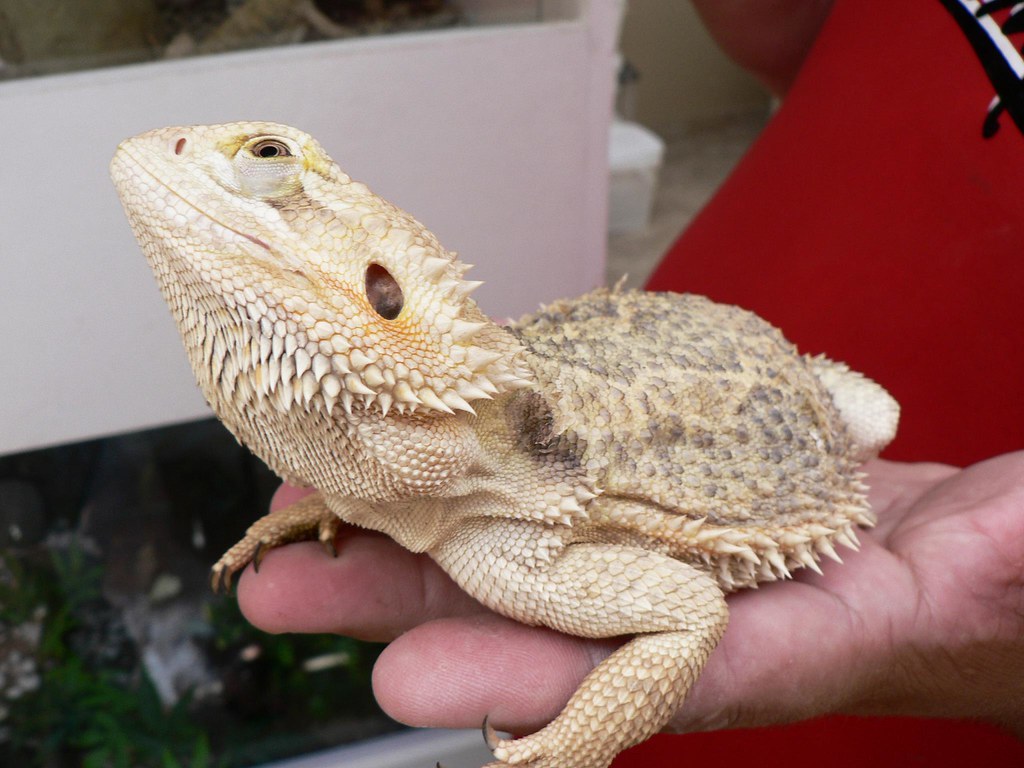
Detecting dehydration early can save your reptile from serious health complications, but the signs can be subtle and easily missed by inexperienced keepers. One of the most reliable indicators is sunken eyes, where the eyeballs appear to sit deeper in the socket than normal, giving the reptile a tired or unwell appearance. Skin elasticity changes are another important sign—when gently pinched, a hydrated reptile’s skin should quickly return to its normal position, while dehydrated skin remains “tented” or slow to flatten.
Many dehydrated reptiles also exhibit lethargy, decreased appetite, and dry, wrinkled skin or retained shed that refuses to come off properly. In advanced cases, you might notice extremely thick or stringy saliva, constipation, or unusually dark and small amounts of urate (the white portion of reptile waste).
Different Hydration Methods for Different Species
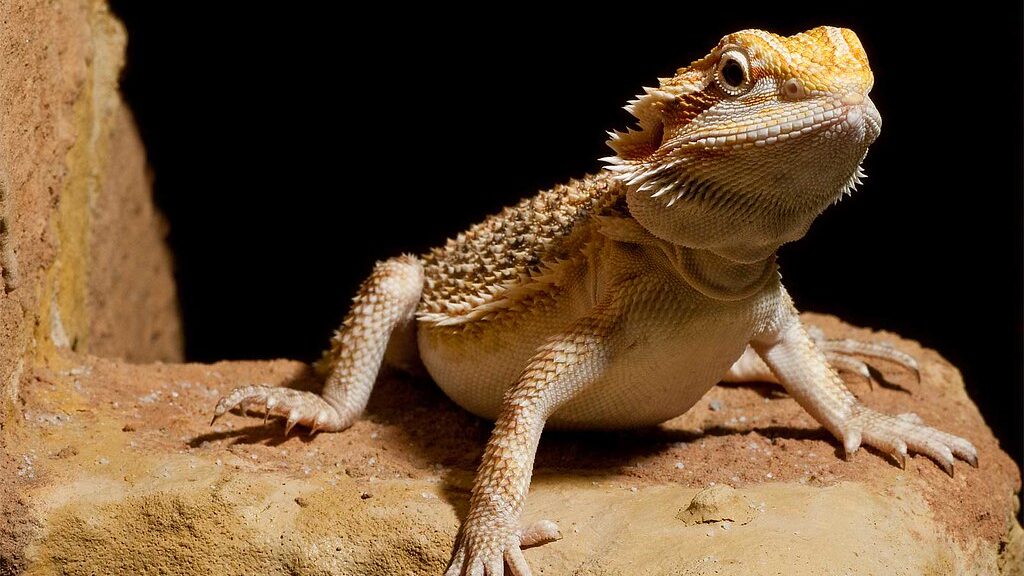
Reptiles have evolved diverse strategies for obtaining water, and successful captive care requires mimicking these natural hydration methods. Desert species like bearded dragons and uromastyx may rarely drink from standing water, instead obtaining moisture from their food and occasional rainfall that they lick from their bodies and surroundings. Tropical reptiles, such as many geckos and chameleons, often don’t recognize standing water and instead drink droplets from plants and surfaces, making misting essential for their hydration.
Some semi-aquatic species like water dragons and certain skinks, benefit from regular soaking opportunities and swimming areas. Understanding your specific reptile’s natural hydration behavior is crucial—providing water in a form they don’t recognize (like offering only a water bowl to a chameleon that drinks from leaves) can lead to chronic dehydration despite your best intentions.
Creating the Ideal Drinking Setup
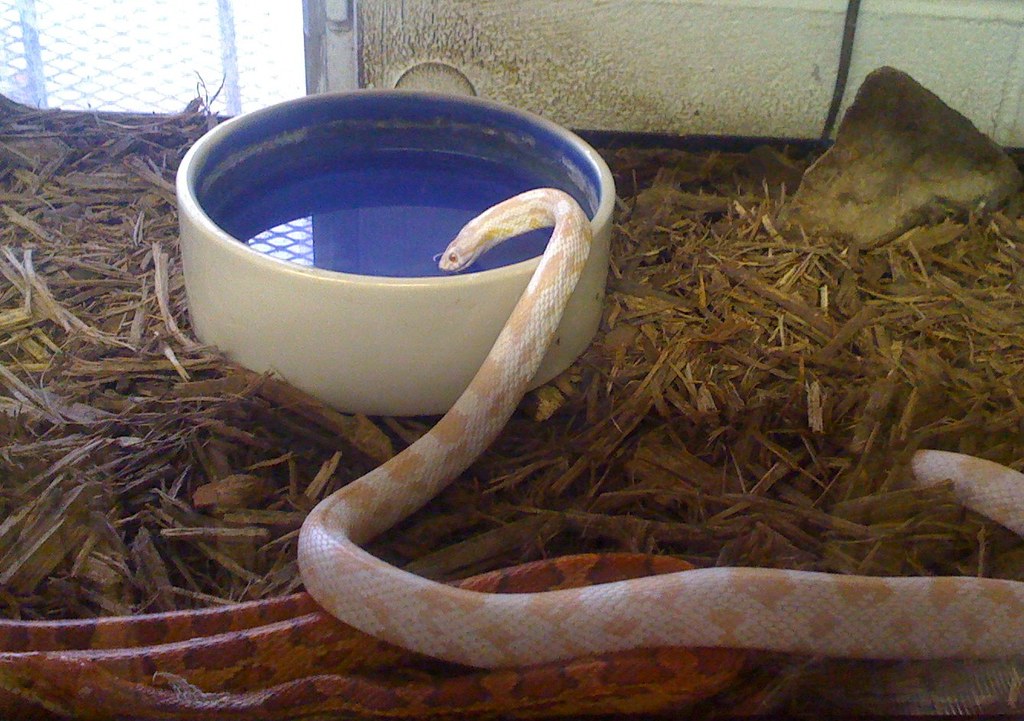
The right drinking setup can make all the difference in ensuring your reptile stays properly hydrated throughout its life. For terrestrial species that recognize standing water, provide a shallow, stable water dish that won’t tip over when your pet climbs on or into it. Position the dish in an area free from substrate contamination, often on the cooler side of the enclosure to minimize evaporation. For arboreal species like chameleons and crested geckos, consider automated misting systems that create water droplets on leaves and enclosure walls, mimicking natural rainfall patterns.
Some specialized drip systems can provide a constant source of fresh water droplets that stimulate natural drinking behavior. Remember that visibility matters—many reptiles have poor eyesight in still water, so creating movement through bubbles, drips, or positioning the water dish where it catches light can help attract your pet to its water source.
The Relationship Between Humidity and Hydration
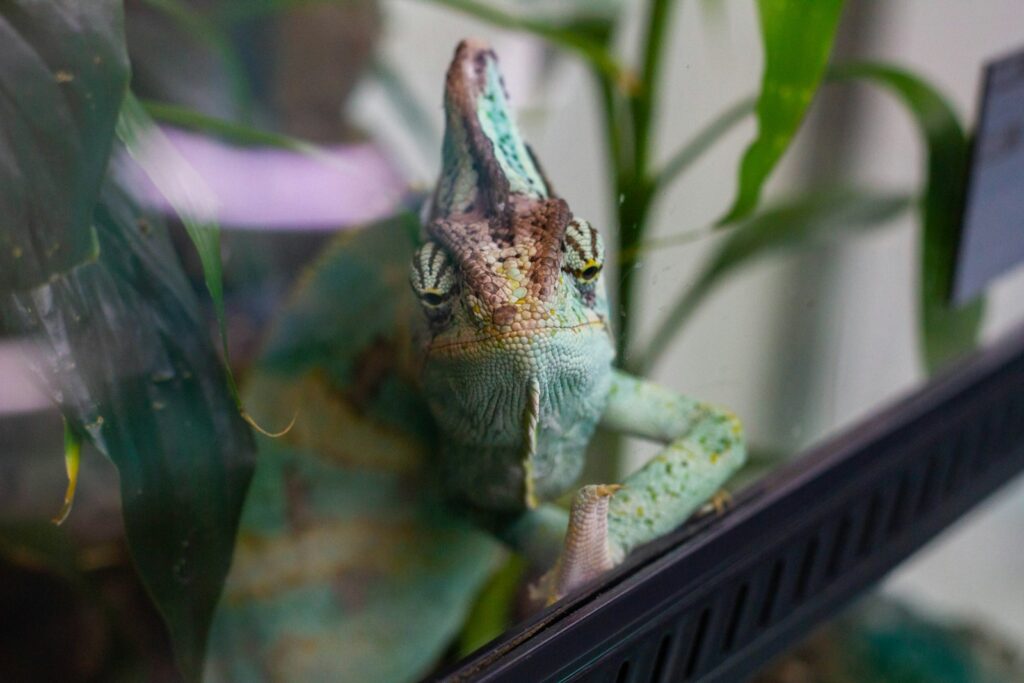
Ambient humidity plays a crucial role in reptile hydration status, often just as important as direct water consumption. High humidity environments reduce water loss through respiration and the skin, effectively decreasing a reptile’s overall hydration needs. For tropical species, maintaining proper humidity levels (often 60-80%) helps prevent chronic dehydration even when drinking water isn’t regularly observed. Conversely, desert species have adapted to low humidity and may develop respiratory infections if kept too moist, though they still need access to hydration methods appropriate to their natural behavior.
The relationship between humidity and hydration varies throughout the day in natural environments, with humidity often peaking at night—a pattern worth replicating in captivity through timed misting systems or manual adjustment. Proper humidity also directly impacts shedding success, with insufficient moisture often resulting in retained shed that can cause serious health complications.
Food-Based Hydration Strategies
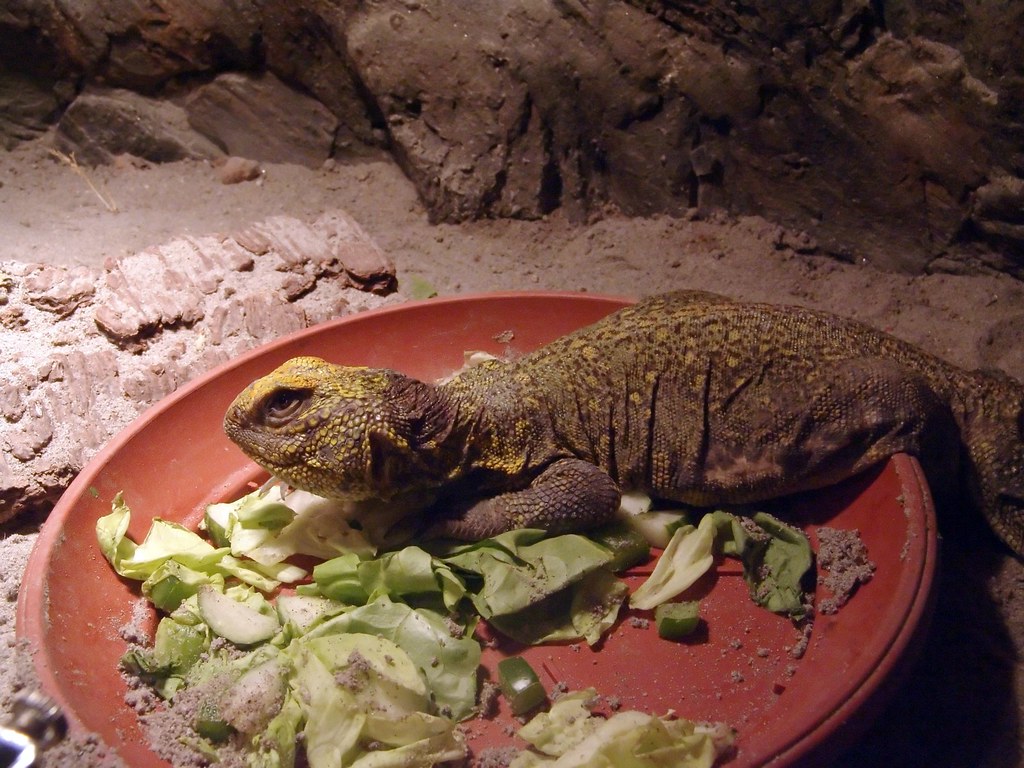
Many reptiles obtain a significant portion of their hydration needs through their diet, making food moisture content an important consideration in overall hydration planning. Herbivorous reptiles like tortoises and iguanas naturally receive substantial water from the fresh greens and vegetables they consume, which typically contain 80-95% water by weight. For insectivorous species, feeding well-hydrated prey items makes a significant difference—gut-loaded crickets and hydrated mealworms provide much more moisture than dehydrated alternatives.
Some reptile keepers enhance food-based hydration by lightly misting salads or soaking pelleted foods before offering them to their pets. For particularly dehydration-prone species or during illness, specialized reptile electrolyte solutions can be used to soak food items, providing both hydration and essential minerals that might be depleted.
Soaking: Benefits and Proper Techniques

Regular soaking serves as both a hydration method and a preventative health measure for many reptile species, though the appropriate technique varies significantly by species. For terrestrial species like tortoises and bearded dragons, shallow, lukewarm soaks lasting 15-30 minutes provide hydration opportunities while stimulating natural drinking and sometimes defecation. The water level should typically reach no higher than the reptile’s mid-body, allowing them to keep their head comfortably above water without struggling.
For smaller species or juveniles, secure soaking containers with textured bottoms prevent slipping and reduce stress during the soaking process. While some species benefit from regular scheduled soaks (perhaps 1-3 times weekly), others should only be soaked when showing signs of dehydration or during shedding difficulties, as excessive soaking can cause stress in certain reptiles.
Seasonal Hydration Considerations
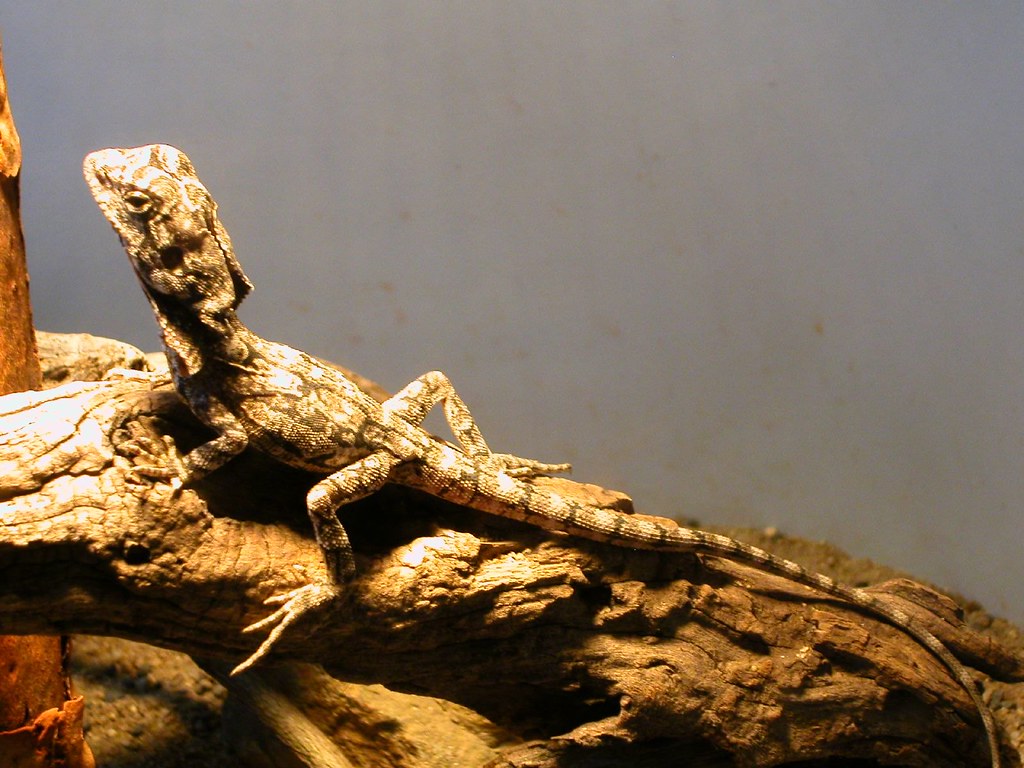
Just as wild reptiles experience seasonal fluctuations in water availability, captive reptiles may benefit from adjusted hydration protocols throughout the year. During warmer months or when enclosure temperatures are higher, evaporation increases and reptiles may require more frequent water changes, misting sessions, or soaking opportunities. Many species experience natural breeding seasons that coincide with increased rainfall in their native habitats, making this a time to consider boosting hydration support through more frequent misting or deeper soaking opportunities.
Winter months often bring drier indoor air due to heating systems, potentially requiring humidity adjustments to maintain proper hydration status. For species that undergo brumation (a reptile form of hibernation), proper hydration before and after this period is critical, often requiring special attention to prevent health complications.
Water Quality and Treatment
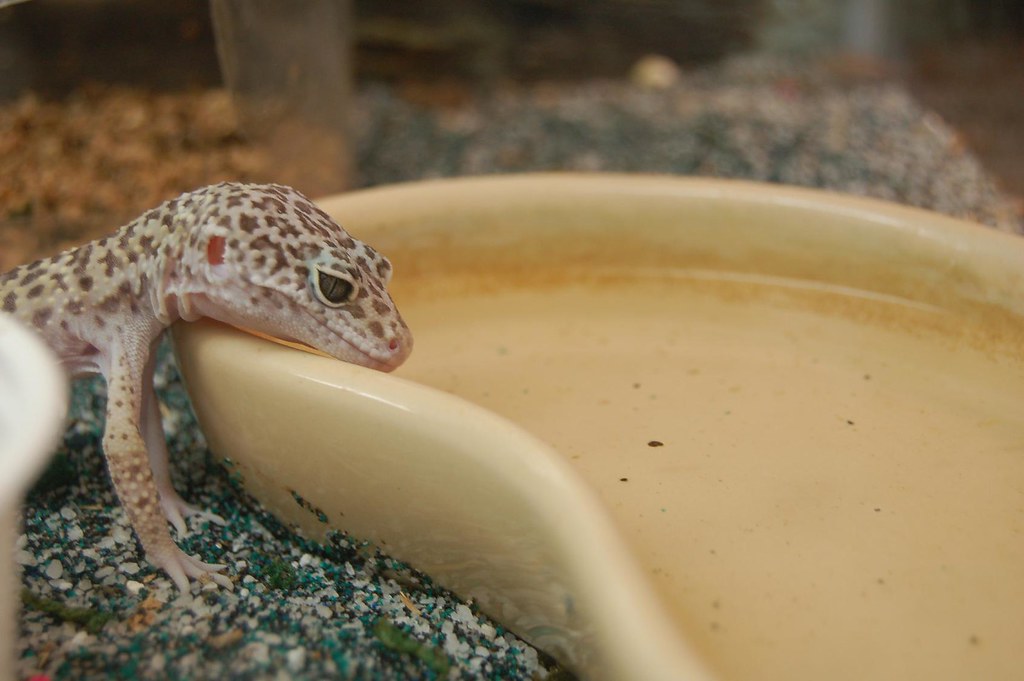
The quality of water provided to reptiles significantly impacts their health, with certain water contaminants potentially causing serious problems over time. Tap water containing chlorine and chloramines should be treated with reptile-safe water conditioners or allowed to sit for 24 hours before use to allow chlorine (but not chloramines) to dissipate. Heavy metals in tap water can accumulate in reptile tissues over time, making filtered water preferable for long-term care in areas with known water quality issues.
Distilled or reverse osmosis water lacks essential minerals and should be remineralized if used exclusively, though it can be excellent for misting systems to prevent mineral buildup on enclosure surfaces. Regardless of water source, regular cleaning of water dishes prevents the growth of harmful bacteria and algae that could lead to infections or gastrointestinal issues.
Hydration During Times of Stress or Illness
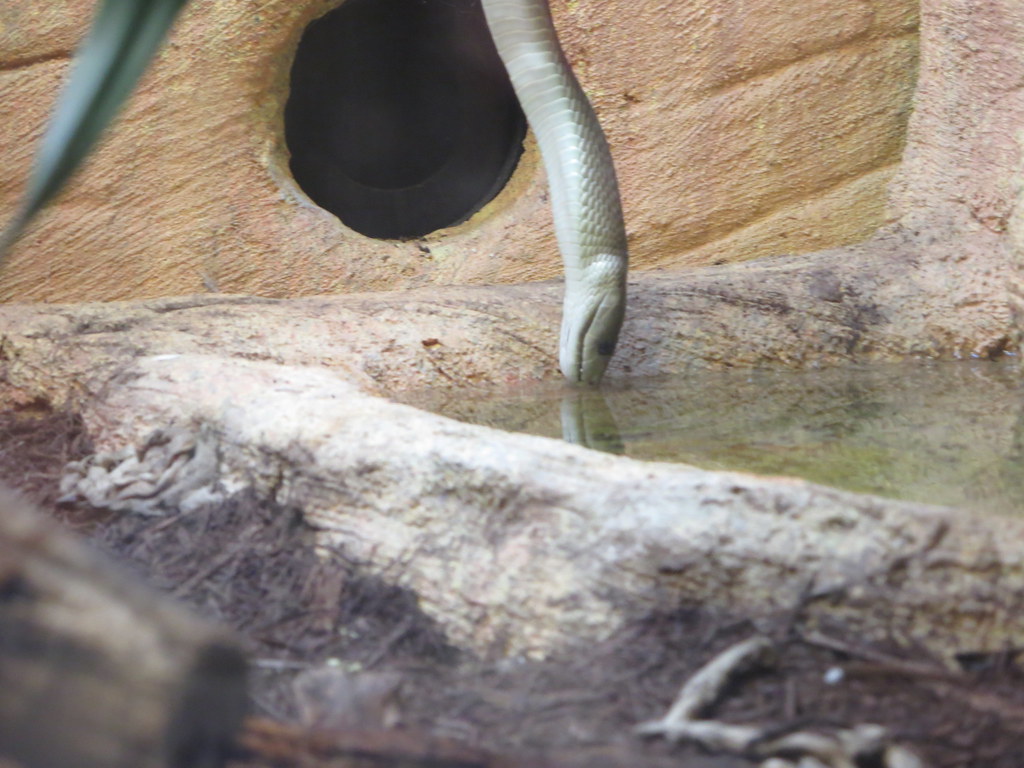
During periods of stress, shedding difficulties, or illness, reptiles often require enhanced hydration support beyond their regular routine. Respiratory infections, common in reptiles kept at improper humidity levels, often necessitate increased hydration through gentle soaking and higher ambient humidity to help thin mucus secretions. For reptiles refusing food due to illness or stress, dehydration becomes a serious concern, sometimes requiring veterinary intervention with subcutaneous fluid therapy if the condition is severe.
During incomplete or difficult sheds, creating a humid hide box with moistened sphagnum moss provides a microclimate that helps loosen stuck skin while allowing the reptile to self-regulate its exposure. Recovery from surgery or parasitic infections typically calls for careful attention to hydration status, as healing processes increase water requirements while appetite may be simultaneously decreased.
Special Hydration Needs by Age

Juvenile reptiles typically have different hydration requirements than adults, generally needing more frequent access to water due to their higher metabolism and growth demands. Young reptiles dehydrate more quickly than adults because of their larger surface area relative to body volume, making regular hydration monitoring particularly important during the first year of life. Hatchling reptiles often benefit from daily misting or shallow soaking opportunities, even for species that become more drought-tolerant as adults.
Conversely, geriatric reptiles may develop different hydration needs as kidney function changes with age, sometimes requiring more consistent access to water to support aging organ systems. For breeding females, hydration becomes critically important during egg development, with inadequate water often leading to egg binding or production of dehydrated eggs that fail to develop properly.
Technology and Innovations in Reptile Hydration
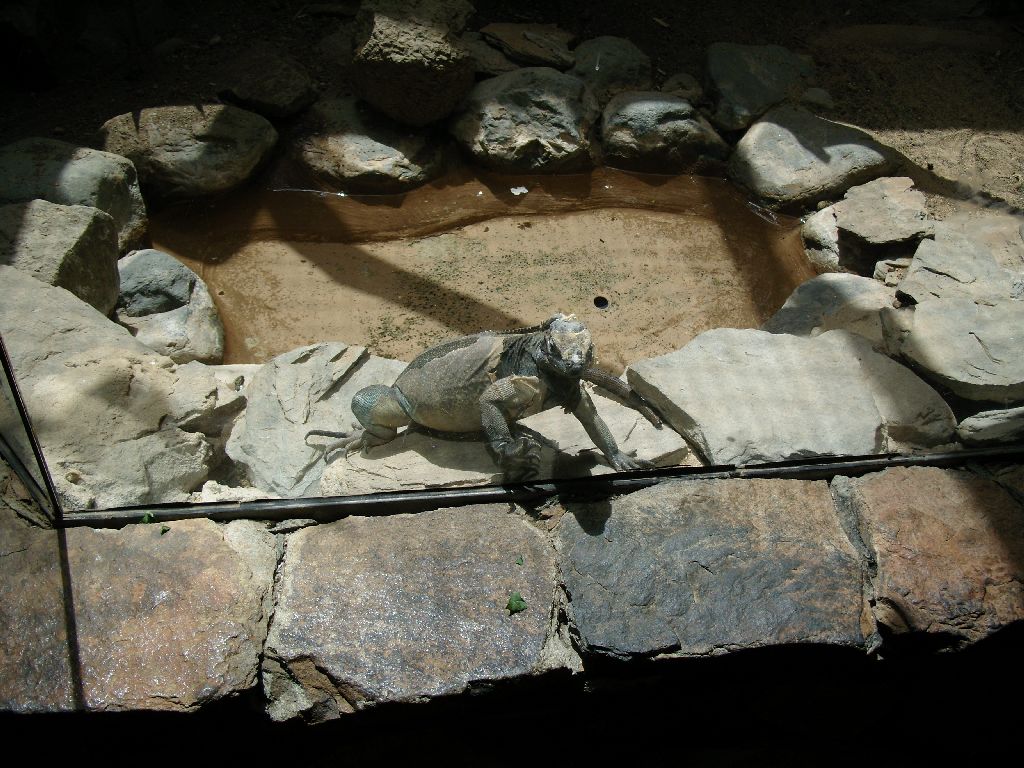
Modern reptile keeping has benefited from technological advancements that make proper hydration easier and more consistent than ever before. Automated misting systems with programmable timers can precisely replicate natural rainfall patterns, providing brief misting sessions multiple times daily without keeper intervention. Humidity controllers connected to foggers or misters can maintain exact humidity levels within enclosures, turning on automatically when levels drop below a specified threshold.
Digital hygrometers with data logging capabilities allow keepers to monitor humidity fluctuations throughout the day and night, identifying patterns that might otherwise go unnoticed. For larger collections, centralized water filtration systems can provide consistent, high-quality water to multiple enclosures, while UV water sterilizers help prevent the spread of waterborne pathogens between animals during water changes or in recirculating water features.
Conclusion
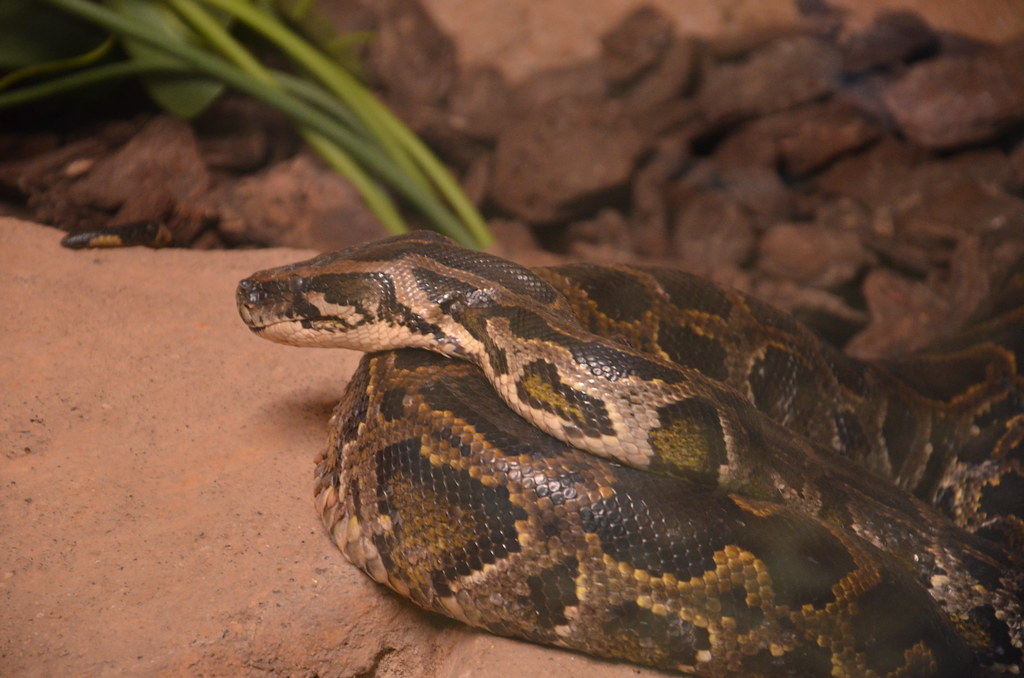
Proper hydration represents one of the fundamental pillars of reptile health, yet it remains one of the most misunderstood aspects of their care. By appreciating the unique evolutionary adaptations that influence how different species interact with water, keepers can develop effective hydration strategies tailored to their specific pets. Remember that hydration isn’t just about providing water; it encompasses humidity management, dietary moisture, seasonal adjustments, and sometimes specialized techniques during vulnerable periods.
By monitoring for early signs of dehydration and understanding the multiple pathways through which reptiles obtain and conserve water, you’ll ensure your scaly companion remains healthy, active, and well-hydrated throughout its life. As with many aspects of reptile keeping, success lies not in following generic advice but in understanding and meeting the specific needs of your species based on its natural history and individual requirements.

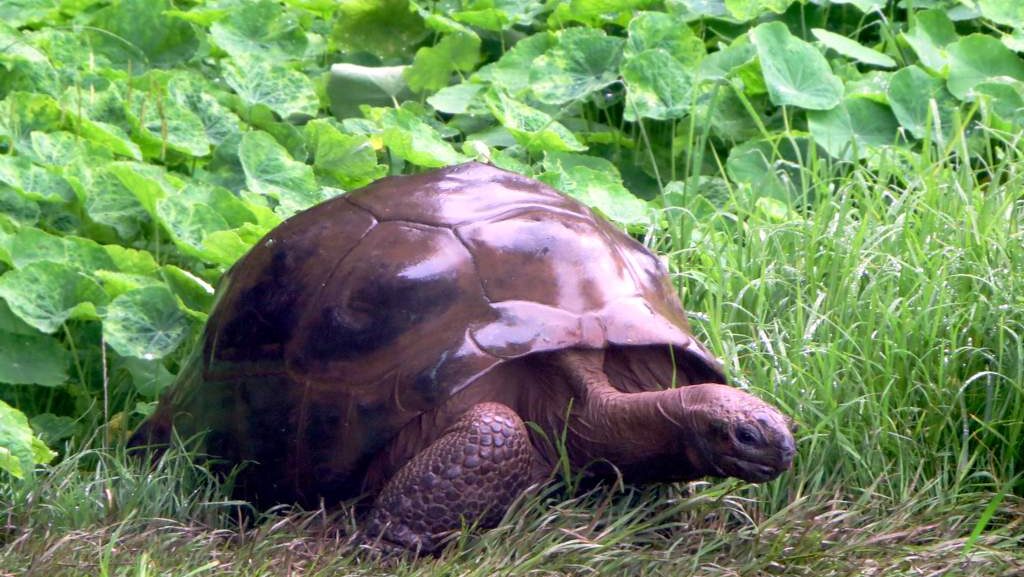

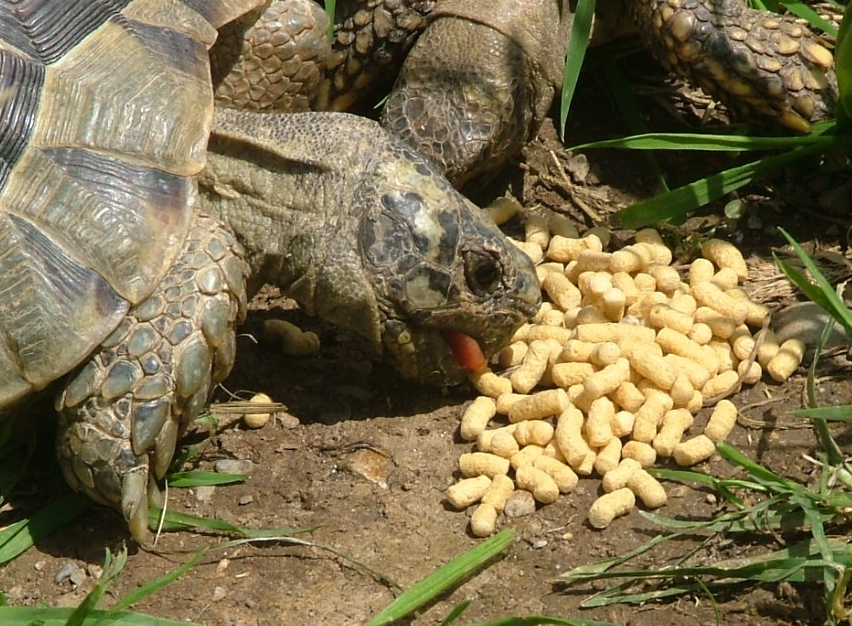
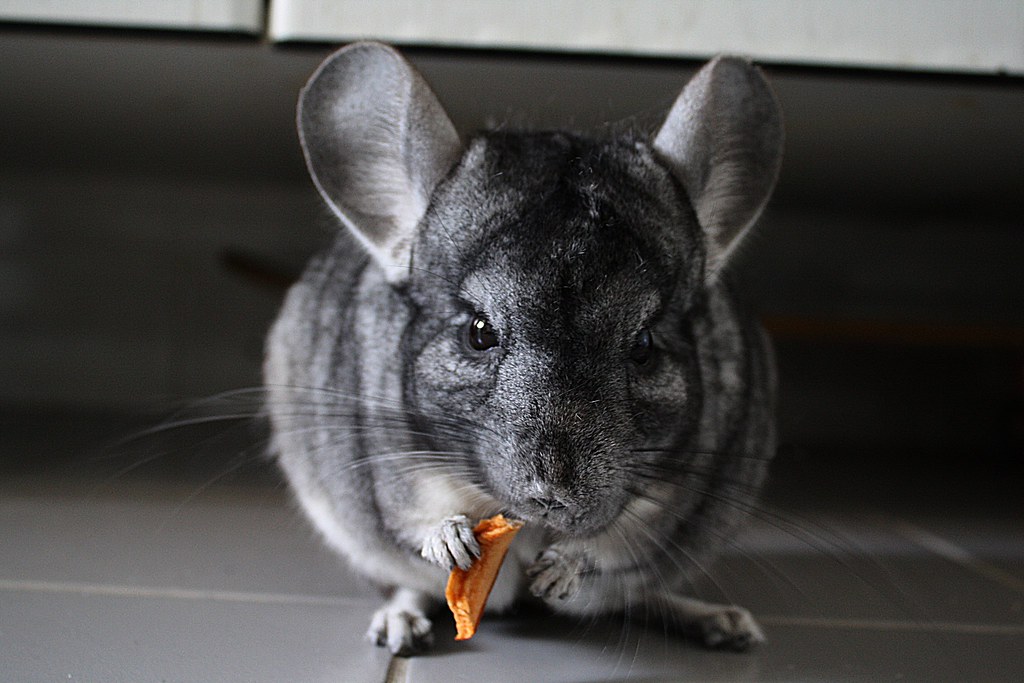
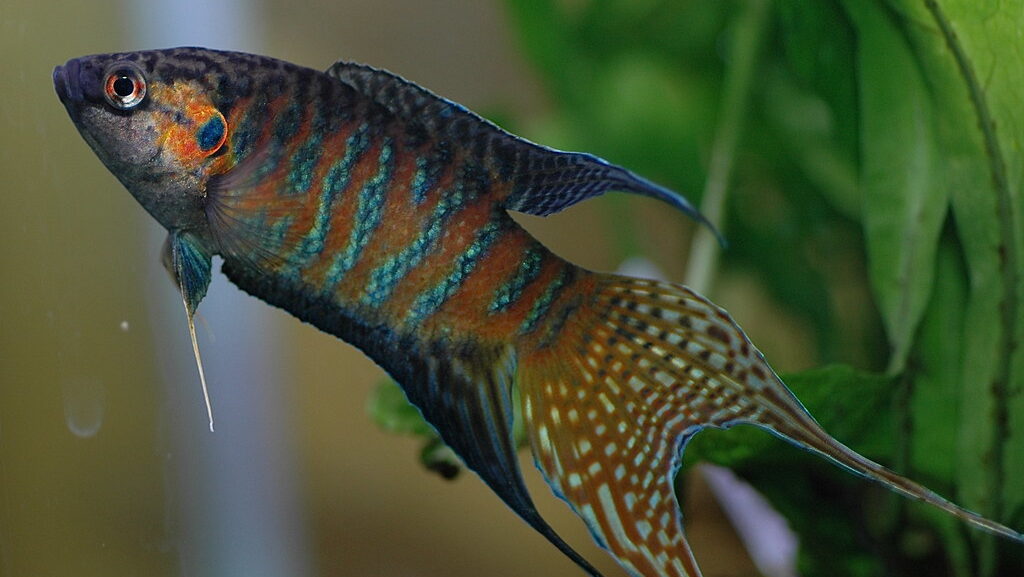

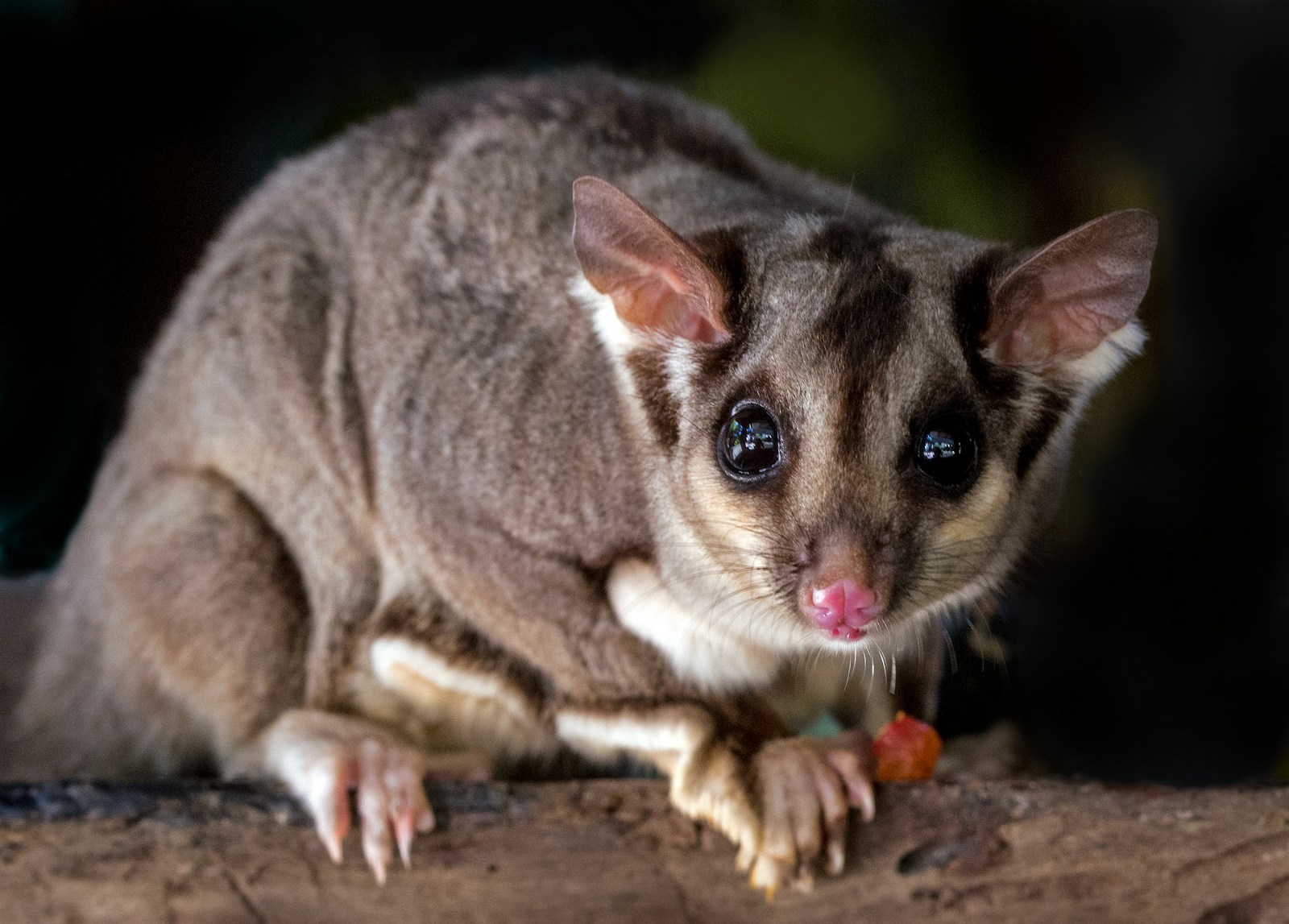
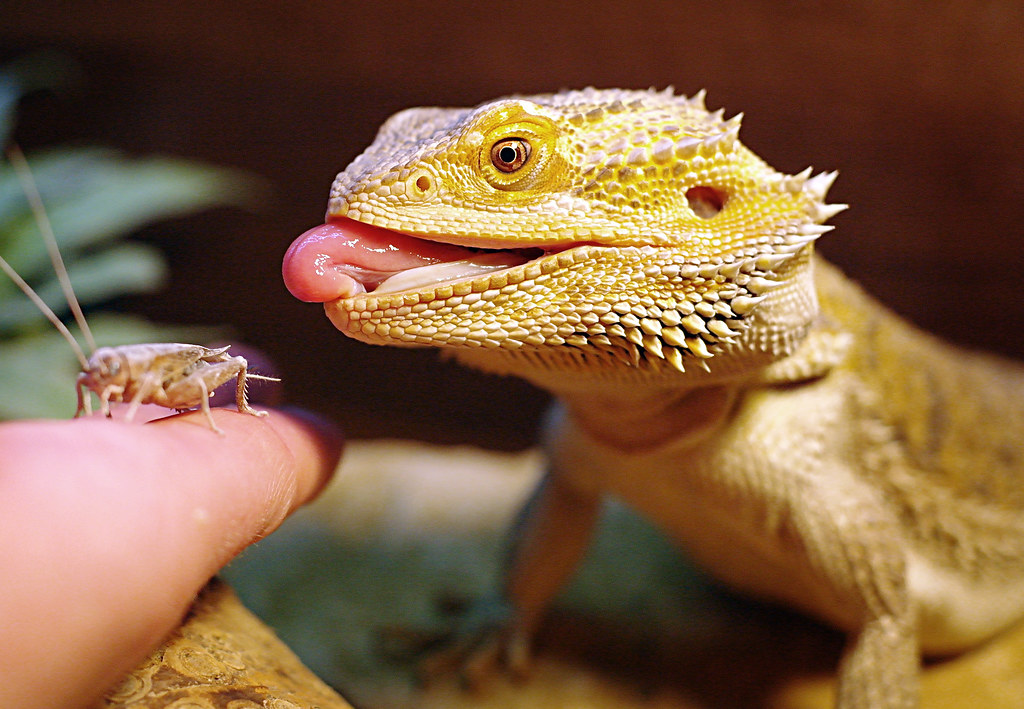
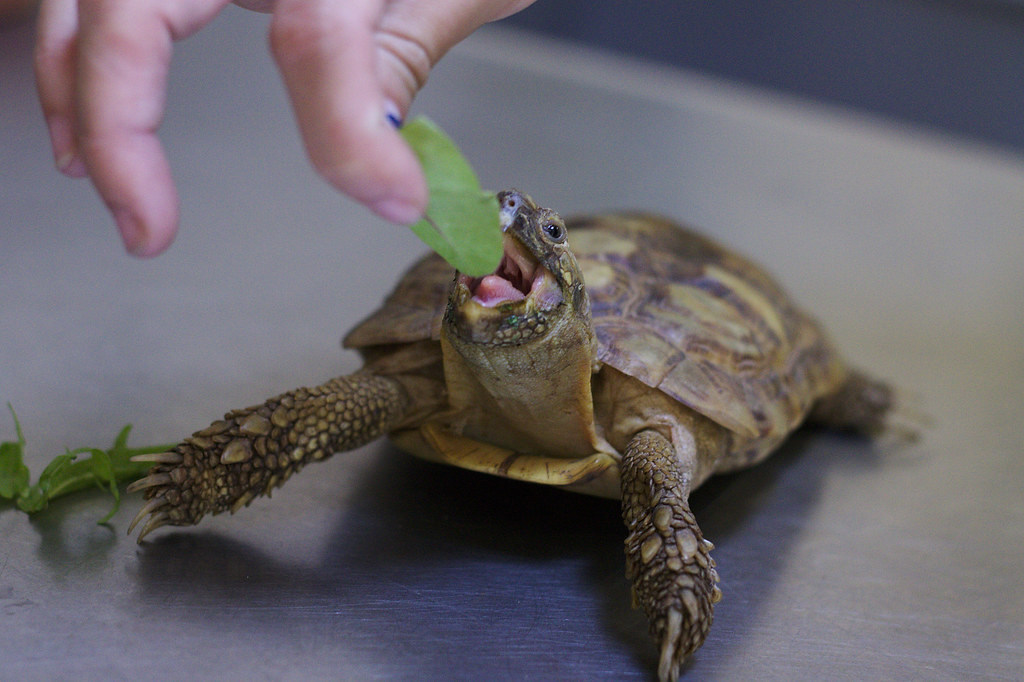
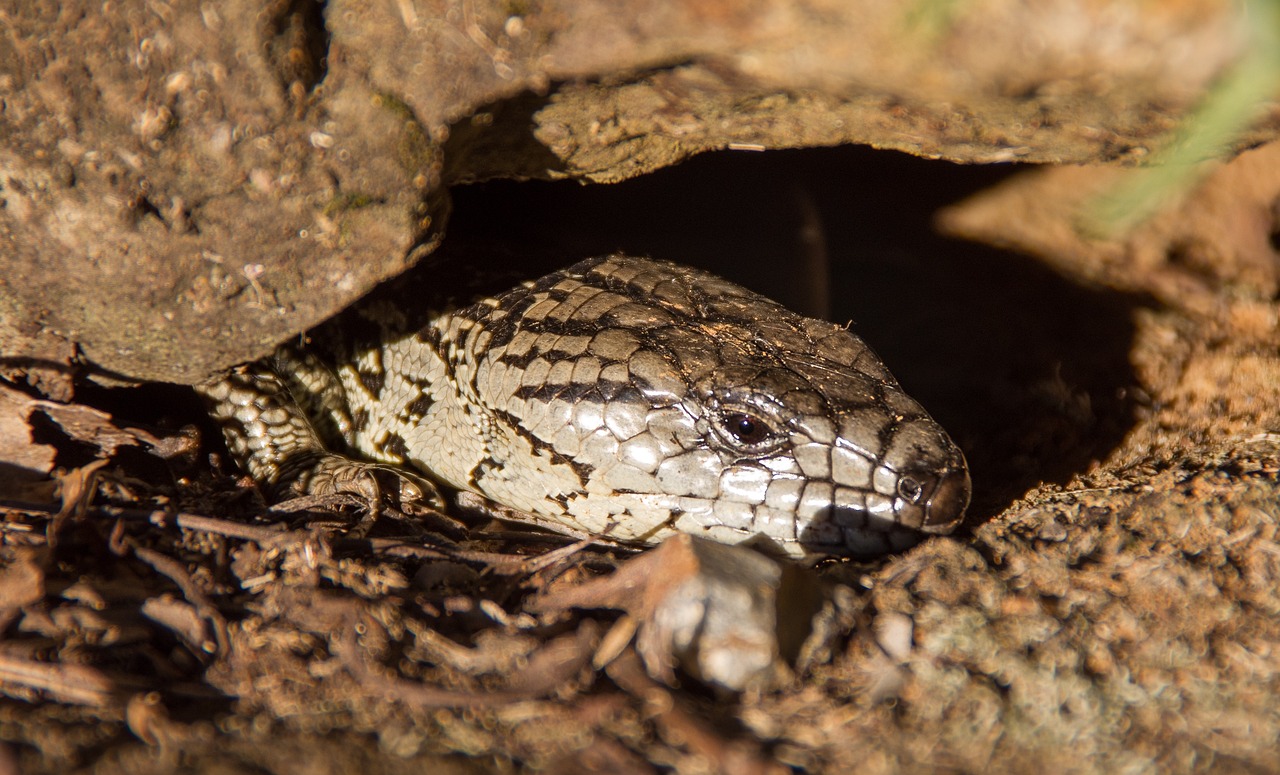





Leave a Reply